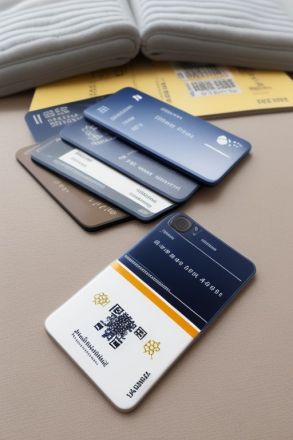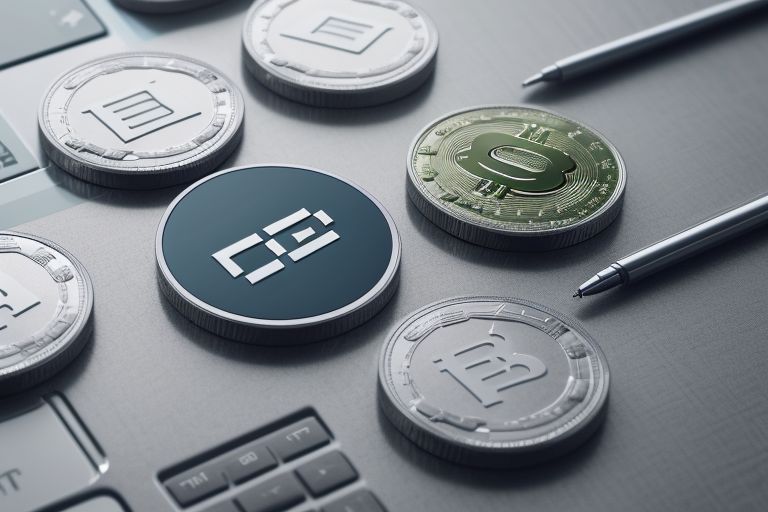In the modern world, where borders are crossed during the dispersion of funds for freelancing work and business transactions. Traditionally, making such cross-border payments is usually cumbersome with hefty charges and takes long periods before the money is processed. However, in the blockchain technology a tremendous hope towards simplification of this process because international payments can be faster, cheaper, and even more transparent.
It guides you through the basics of making cross-border payments using blockchain technology, including practical steps, benefits, and some key considerations to keep in mind. This is a demonstration on part of cross-border payments with understanding blockchain.
At its core, blockchain is a decentralized digital ledger that records transactions across a network of computers. Each transaction is encrypted and verified through a process known as "mining" (in public blockchains like Bitcoin), making it secure and tamper-proof. For cross-border payments, blockchain allows direct transactions without the need for intermediaries, reducing both cost and time.

Why Blockchain for Cross-Border Payments?
The traditional, laborious cross-border payment process uses multiple banks and often requires the clearinghouses of one or more intermediary banks. Again, this correspondent banking model is slow and very expensive. Average costs to send a $200 transfer in 2023 have been put at around 6.5% by the World Bank-that adds up quickly. Blocakchain technologies allow the direct transfer of payments from sender to recipient, without the intermediary. Some of its important advantages include:
- Lower Transaction Fees: Blockchain-based transactions can be much cheaper than any other banking fee. For example, sending $1,000 in international funds using the blockchain network, may just add anywhere from $1 to $5 as a transaction fee, depending on the blockchain network. This is because blockchain eliminates the use of banks and other intermediaries which greatly cuts down the costs.
- Transaction Velocity: The traditional cross-border transaction can take up to five working days before it is settled. When it comes to blockchain transactions, on the other hand, they are said to be settled in only a few minutes. In fact, in the case of networks like Ripple's XRP, some cross-border transactions are settled in under five seconds, so they would be ideal for emergency transfers.
- Transparency and Security: With blockchain this way of transparency allows the verification both ways in real time and reduces fraud risks. Every transaction is recorded on a public ledger, making it nearly impossible to alter and easily trackable. Thus, it gives peace of mind to senders of larger payments.
Practical Steps for Making Cross-Border Payments via Blockchain
Now that we know the benefits, let's look at how to actually make a cross-border payment using blockchain. Below is a step-by-step guide for beginners.
- Choose a Blockchain Platform and Wallet: First, you have to choose a blockchain platform. Some of the most popular blockchain platforms for cross-border payments are:
- Bitcoin (BTC): Highly recognized, although slower and has higher fees.
- Ethereum (ETH): Famous for use in smart contracts. However, fees can be high when usage is strong.
- Ripple (XRP): Built specifically for fast, low-cost cross-border transactions.
- Stellar (XLM): Famous for low fees and fast transaction speeds, popular in emerging markets.
Once you decide on a platform, you will need a digital wallet in which to store your cryptocurrency. There are two forms: software based (online or as an app) and hardware based for greater security.
- Buy Cryptocurrency: To start, you will require cryptocurrency. Buy the preferred crypto currency-for instance, BTC, ETH, XRP, or XLM-from one of the reputable crypt exchanges, such as Coinbase, Binance, or Kraken. These platforms allow you to buy crypto with fiat currencies like USD, EUR, or GBP. Now, acquire a digital wallet for transferring your newly bought cryptocurrency.
- Start Sending International Payments: Fill in the recipient's wallet or account address on the blockchain platform, and set the amount you'll be transferring. You can then execute the transfer. Wallet addresses are case-sensitive; get this right to avoid losing money.
- Confirm the Transaction and Wait for Settlement: In most blockchain networks, a transaction usually takes a few minutes to hours after sending the payment before it is processed. For instance, Bitcoin transactions may take up to an hour, whereas Ripple and Stellar usually take only seconds to minutes to complete.
Security Tips for Cross-Border Blockchain Payments
Blockchains offer a very high security degree, but in order to ensure safe transactions, there are some best practices to adhere to:
- Always double-check wallet addresses before sending, because blockchain transactions are irreversible and can't be corrected with any mistake.
- Use responsible wallets and exchanges to prevent scams and keep your funds safe.
- Be aware of the exchange rate: With every transaction, cryptocurrency prices fluctuate very often. Therefore, you may find yourself overspending your budget unless you manage to grab the rates at the time of buying.

Challenges and Considerations
While blockchain has numerous advantages, a few aspects have to be taken into account when it is used for cross border payments:
- Fluctuating Cryptocurrency Prices: Even the price of cryptocurrencies can be fluctuating dramatically. For instance, the price of Bitcoin can change by several percent within hours, meaning the recipient may get far less than what they would have gotten had the price not collapsed so sharply before the money was cashed out. This risk can be somewhat hedged by the use of stablecoins, like USDC or Tether (USDT), which are pegged to the US dollar.
- Regulatory Concerns: Some countries have very stringent regulations on usage, sometimes outlawing and putting prohibitions on their usage. Be sure to check the local laws in the region of both sender and recipient for the payment to ensure not to violate any requirements.
- Consumer Protection is Limited: Unlike a conventional bank-to-bank transaction, consumer protection features such as chargebacks are also out of the question in a blockchain-based transaction. A blockchain-based transaction is irreversible so once a transaction has been processed then, so be sure to only work with people that you trust.
Future of Blockchain in Cross-Border Payments
Blockchain technology is going through rapid development. Major financial institutions explored blockchain-based solutions in the offering of their cross-border payment services, including JPMorgan and Mastercard. As blockchain becomes increasingly adopted, transaction costs are slated to come down even further to enable other features like automatic currency conversion and smart contracts to make even payments that much more efficient.
In the near future, blockchain might even replace traditional banking networks for making cross-border payments, thus allowing people to work in a more efficient, transparent, and accessible way.


Turning Your Crypto into Cash Cows: A Guide to Lending

Decentralized Finance (DeFi): Is It the End of Traditional Banking?

The Rise of Mobile Banking: Trends, Benefits, and Security Challenges

Financial Planning for Newlyweds

The Economic Impact of Climate Change

The Impact of Trade Wars on Global Financial Markets

Understanding the Role of Fiscal Policy in Economic Management
